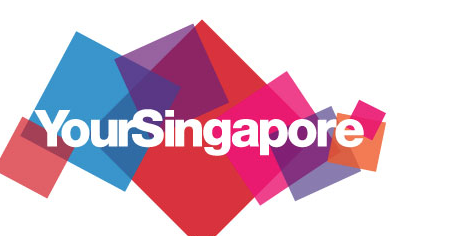Report: Visit Singapore
Media: Lufthansa Inflight Magazine 2015
Sector: Travel
Publication Date: December, 2015
Turning 50: Singapore celebrates its success
Since gaining independence in 1965, the tiny Southeast Asian state has transformed itself from a small port city into a global trade hub and a financial powerhouse.
Singapore has gone into party-mode as 2015 marks half a century of independence. The island nation has unveiled a festival of events surrounding its Golden Jubilee, reflecting on the country’s journey that has seen it rise from a post-colonial backwater to one of the most respected and admired countries in the world. Unique is probably
the word that best captures Singapore, and the astonishing diversity of the country truly is second to none. Fast- paced city streets and office complexes are located within minutes of serene gardens and colourful ethnic quarters.
Island Nation
Singapore lies at the southern most tip of continental Asia, one degree north of the equator, and is separated from the Malaysian Peninsular by the Straits of Johor to the north and from Indonesia’s Riau Islands by the Singapore Strait to the south. Home to a population of 5.54 million, Singapore’s territory consists of the diamond-shaped main island – referred to as Singapore Island – and more than 60 smaller islets. Singapore has a total land area of 714.3 square kilometres, about six times the size of Disneyworld, which has given it its most prominent nickname “Little Red Dot”, a reference to its size on the map. Since the 1970s, Singapore has also been widely known as the Garden City, owing to its extensive greening policy covering the whole island.
The Birth of a Nation
Before 1960, Singapore was little more than a Southeast Asian trading post for the British Empire with no natural resources. After a brief merger with Malaysia in 1963, Singapore became an independent nation on August 9, 1965. Lee Kuan Yew, Singapore’s first Prime Minister who died in March 2015, is seen as the nation’s founding father. He co-founded the People’s Action Party, which has ruled the country ever since it gained independence and is widely credited with turning Singapore into one of the world’s richest countries.
Committed to Multiculturalism
Modern day Singapore is also the creation of its people. The population of Singapore is diverse, the result of considerable past immigration. While the country experienced racial riots and unrest in the 1960s, Singapore today is deeply committed to multiculturalism. Chinese predominate, making up some three-fourths of the total. Malays are the next largest ethnic group, and Indians the third.
Because of this ethnic diversity, no fewer than four official languages are recognised: English, Mandarin Chinese, Malay and Tamil. English remains the main medium for administration, commerce and industry, and it is the primary language of instruction in schools.
Economic Achievements
A key pillar of Singapore’s transformation was to invite the world to Singapore. The country invested heavily in transport infrastructure, creating an environment conducive to trade and investment. Incentives were provided to attract multinationals to manufacture on the island and to export to global markets. In addition, Singapore developed sophisticated and powerful service industries in finance, medicine and education. Tourism has also become increasingly important, and Singapore’s excellent air- transport facilities have been augmented by massive investments in hotels and attractions.
Golden Jubilee
2015 marks Singapore’s Golden Jubilee and the entire year has been dedicated to honouring and celebrating the country’s achievements, with a host of events and activities. The celebrations started with a big countdown party on December 31 at Marina Bay. The Jubilee weekend in August saw tens of thousands of spectators gather for the National Day parade and fireworks display. In November the new National Gallery opened its doors, while a futuristic exhibition showcasing the future of life in Singapore, taking place until March 2016, marks one of the last event highlights.
To the Next 50
Despite all its achievements, Singapore must now look to the future. The country’s leaders are aware that many aspects need improvement and that the global competition for talent and investment has intensified. The most immediate challenge facing the Republic will be raising productivity in order to grow an already-advanced economy. Over a longer time frame of 25 years, population challenges will come to the fore because of the country’s low birth rates. However, if Singapore’s past successes are anything to go by, the prospects are good for an even brighter future.
A First Class Airport
Singapore’s world-famous Changi Airport is taking the lead in rethinking and refining the airport experience.
Discover the Singapore Story
Shedding off its image as a stopover location and celebrating its 50th anniversary of independence, Singapore is rising as the must-visit destination in the Asia-Pacific region.
Singapore is Colourful!
Like many different cultures, colours also collide, amalgamate and create amazing new things in Singapore. Whether pastel-colored houses, multicoloured food creations or colourful street art on walls: boredom has no chance in Singapore.
Turning 50: Singapore celebrates its success
Since gaining independence in 1965, the tiny Southeast Asian state has transformed itself from a small port city into a global trade hub and a financial powerhouse.
Report Sponsors






